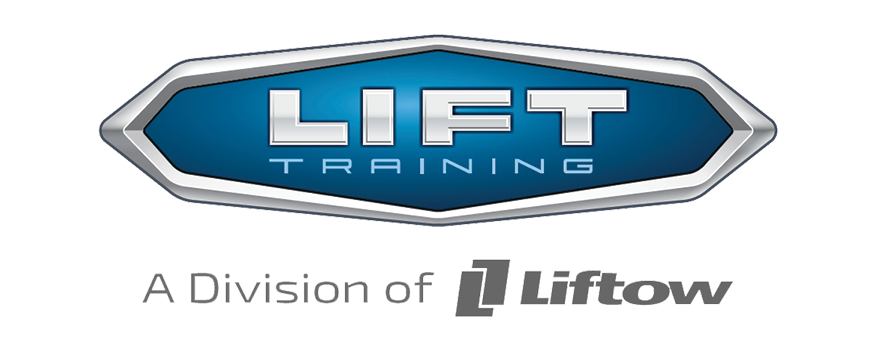
Workplace hazards can pop up in any work environment, impacting the safety and health of employees. Recognising these potential dangers is crucial for maintaining a safe space where everyone can feel secure while they work. Ensuring that employees are aware of the different types of hazards is the first step in preventing accidents and creating a proactive culture of safety.
Understanding hazards helps employees stay alert to dangers around them. Whether it’s a slippery floor, a chemical spill, or an ergonomic issue from sitting at a desk too long, being able to spot and report them can prevent minor problems from turning into major accidents. This awareness isn’t just about following rules; it’s about everyone taking part in keeping the workplace safe.
Hazard recognition is not something to be done once and forgotten. It’s an ongoing process that involves everyone in the workplace. When employees are empowered with the knowledge to identify hazards, they contribute to a safer, more supportive work environment. Let’s dive into how you can start spotting and avoiding hazards at work to ensure everyone’s safety.
Identifying Common Workplace Hazards
Understanding common workplace hazards is essential to maintaining safety. Employees may face several types of hazards, including physical, chemical, and ergonomic. Recognising these can help prevent accidents and keep the workplace secure.
Physical hazards are usually easy to spot and include things like slippery floors, exposed wires, and heavy machinery. These dangers can cause falls, cuts, or bruises if not addressed. It’s important for everyone to keep an eye out for these risks to avoid accidents.
Chemical hazards involve exposure to harmful substances, such as cleaning products or paint fumes. These chemicals can cause health issues like skin irritation or breathing problems. To stay safe, employees should know how to handle and store these materials properly.
Ergonomic hazards affect how an employee interacts with their environment and can lead to strain or injury over time. Poor posture due to an uncomfortable desk setup or repetitive movements can cause back pain or carpal tunnel syndrome. By learning about ergonomics, employees can adjust their workspaces to stay comfortable and injury-free.
Recognising these hazards is key to prevention. When employees understand what to look for and report, they play an active role in maintaining a safe environment. Awareness is the first step to stopping small issues from becoming serious problems.
Tools and Techniques for Hazard Recognition
Spotting workplace hazards requires the right tools and techniques. Using a variety of methods ensures that potential dangers are identified before they cause harm. Here are some effective ways to recognise hazards at work:
1. Safety Audits: Regular inspections of the workplace can help spot hazards early. Safety officers can assess the conditions of the workspace, identifying and documenting potential risks.
2. Risk Assessments: Analysing the tasks employees perform helps highlight any danger points. This method evaluates the likelihood and impact of hazards, ensuring they are managed properly.
3. Observation: Paying attention to the routines and behaviours of workers can reveal hidden risks. Watching how tasks are executed provides insights into areas needing improvement.
4. Employee Feedback: Encouraging staff to share their observations and experiences can uncover hazards that might be missed. Those who work directly in a space often have valuable insights into potential issues.
5. Checklists: Using checklists during inspections ensures a thorough examination of all areas. This helps keep track of hazards and ensures none are overlooked.
An effective hazard recognition system combines these tools to keep a workplace safe. Empowering employees to observe and report, while using structured techniques, helps create a proactive approach to safety. This collective effort ensures that everyone contributes to a hazard-free environment.
Strategies for Hazard Prevention
Preventing hazards in the workplace requires proactive strategies. By addressing potential dangers head-on, businesses can create a safer environment for everyone. Here are some key strategies to minimise or eliminate risks effectively:
1. Proper Training: Ensure all employees receive comprehensive safety training. Understanding the correct use of equipment and practising safe behaviours reduces the chance of accidents.
2. Equipment Maintenance: Regularly inspect and maintain equipment to ensure it functions safely. Keeping tools and machinery in top condition prevents unexpected malfunctions that could lead to injuries.
3. Implementing Safety Protocols: Establish clear safety protocols for various situations. Detailed guidelines on handling chemicals, emergency exits, or safe lifting techniques provide clear instructions during everyday activities and emergencies.
4. Promoting Communication: Maintain open lines of communication about safety issues. Encourage employees to share concerns and participate in discussions on workplace safety. This collaboration helps identify and address risks promptly.
5. Emergency Preparedness: Develop and practice emergency response plans. Conduct regular drills so that employees know what to do in case of fires, spills, or other emergencies.
These strategies empower the entire workforce to actively participate in hazard prevention. When employees understand their role in maintaining safety, they become allies in creating a hazard-free workplace.
The Role of Continuous Monitoring and Improvement
Continuous monitoring and regular improvements are vital for maintaining a safe work environment. Keeping procedures up to date ensures that they remain effective as the workplace evolves.
Regular reviews of safety protocols are essential. Assess existing measures to find areas needing refinements or updates. By keeping an eye on workplace operations, you can adjust safety practices to meet new challenges or address any emerging risks.
Creating a culture of safety encourages constant vigilance. When safety becomes an integral part of daily routines, employees are more likely to report hazards they encounter. Encourage feedback and suggestions from staff, leveraging their insights to enhance safety measures further.
Incorporating technology can also boost safety monitoring. Use digital tools to track incidents, manage reports, and analyse data. These systems can help identify trends and predict potential risks, allowing proactive measures to be taken early.
With continuous monitoring, businesses stay alert to changes and can improve safety protocols effectively. This ongoing process helps build safer environments where employees feel confident and valued.
Conclusion
Recognising and addressing workplace hazards is fundamental to maintaining a secure environment. Through diligent identification, effective strategic prevention, and ongoing improvement, businesses can foster a culture where safety is a shared responsibility. By equipping employees with the right knowledge and tools, they become empowered participants in the safety process.
Ready to elevate your workplace safety? LIFT Training can help you prepare your team with hands-on workplace health and safety training in Ontario tailored to your needs. Enhance your workplace safety culture today with our expert guidance.
